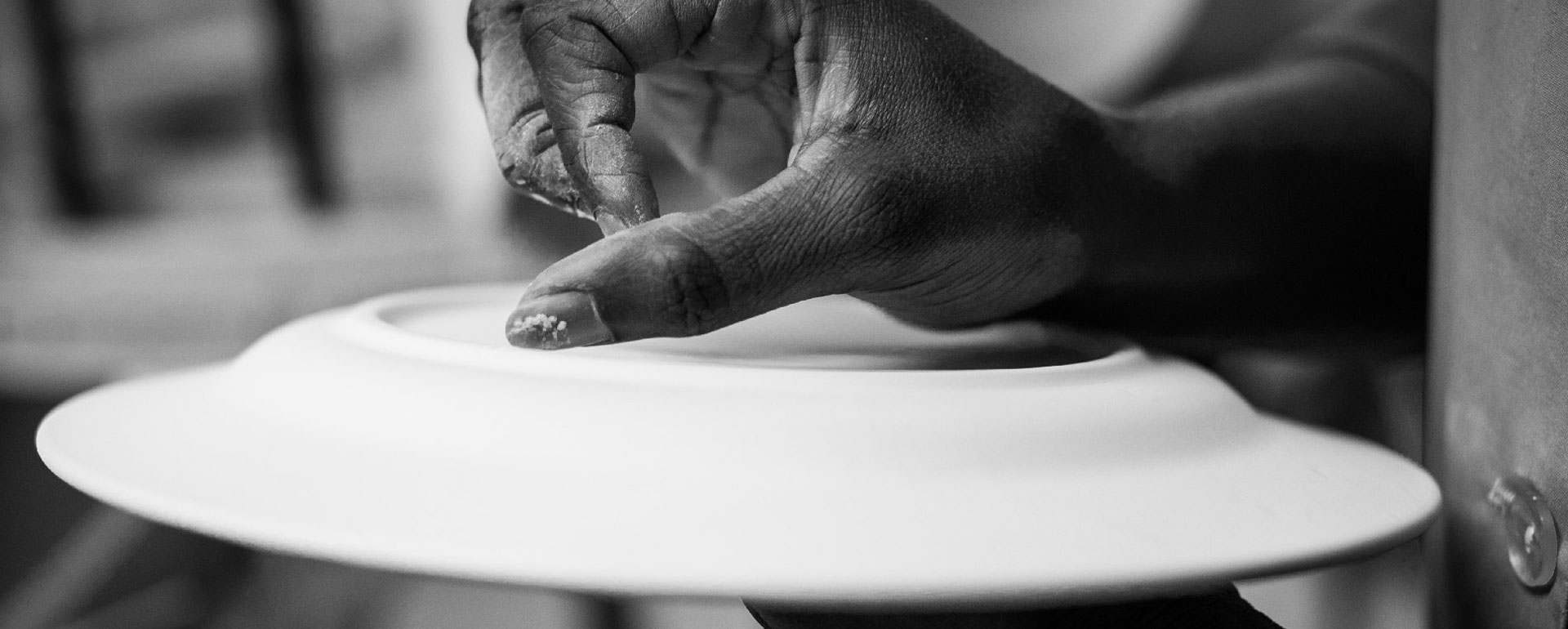Blog
ABOUT GIEN
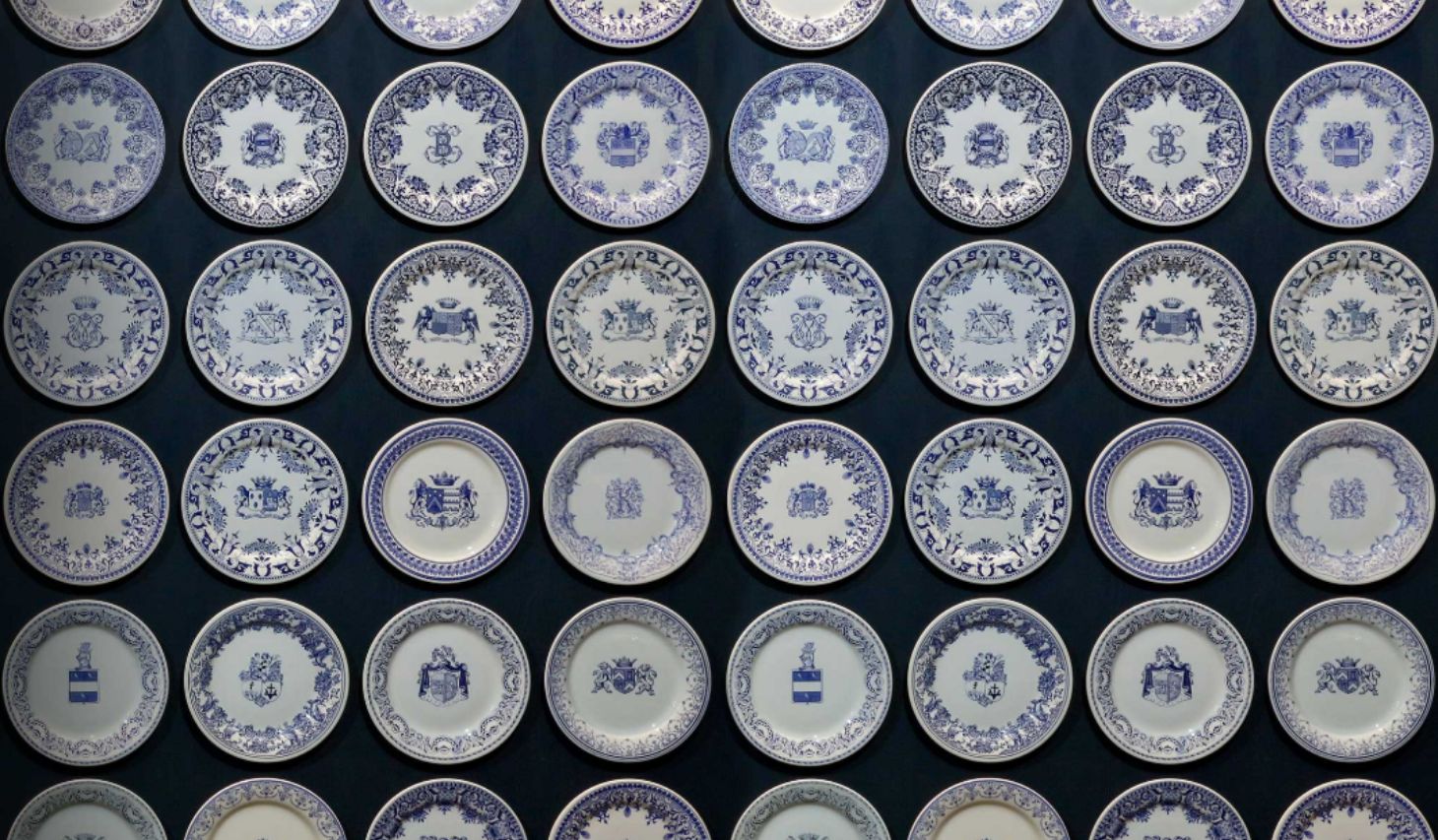
1821 : THE LEGACY
The Faïencerie de Gien was created in 1821 in Gien (Val de Loire), in the heart of France.
The 19th century gave birth to many production sites, heirs to the potters of past centuries. Its bicentennial history is linked to the name of its creator, the Englishman Thomas Hall. Hall moved to Gien and bought the enclosure and buildings of the “Convent des Minimes” located on the banks of the Loire.
At that time, the city of Gien had several assets: it is an important commercial crossroads, the city is full of raw materials (clays, sands, siliceous pebbles from the Loire) and especially the Loire allows the transport of wood from the forests of Orleans for the baking ovens.
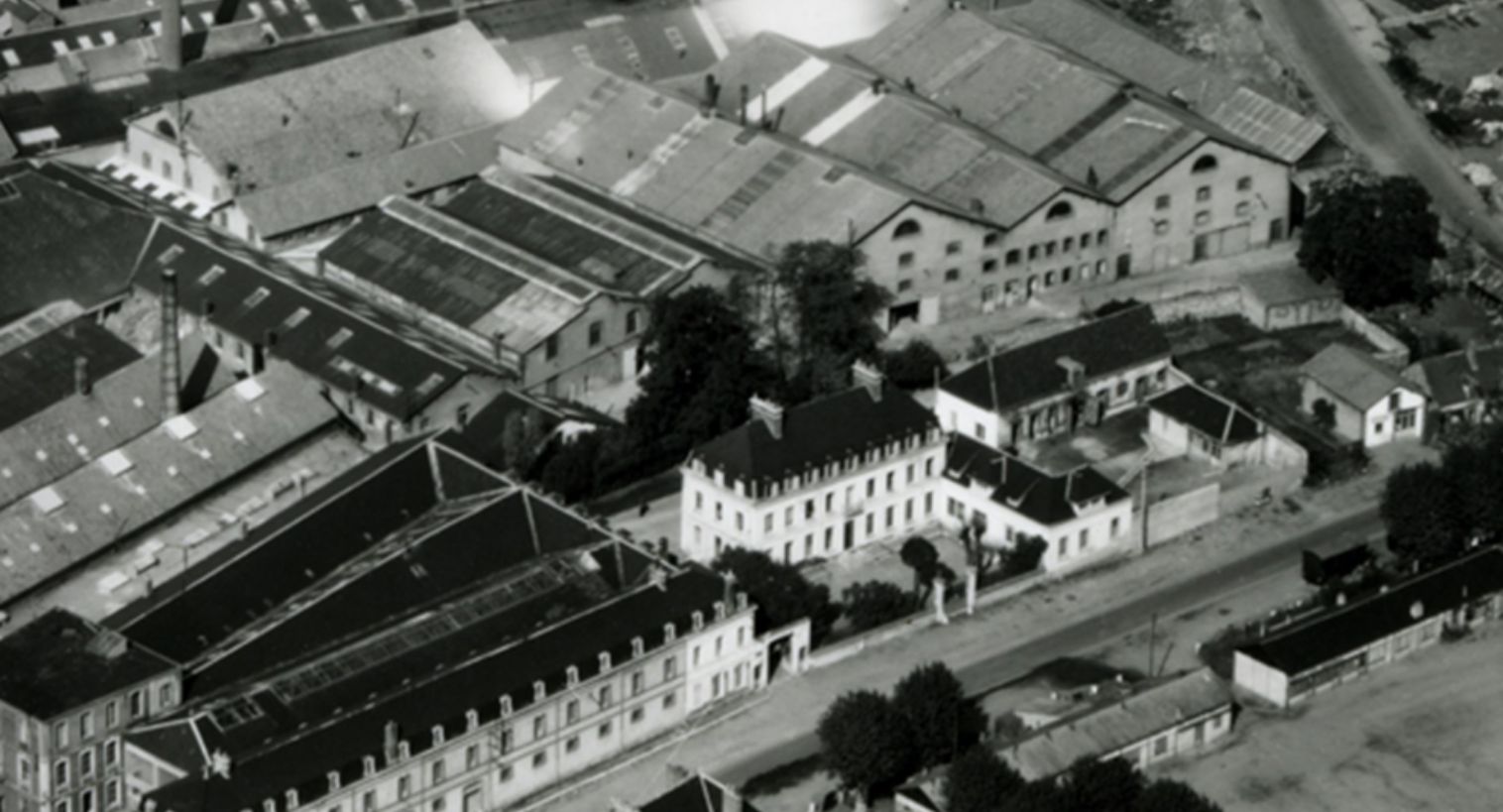 1821-1850 : THE FIRST STEPS
1821-1850 : THE FIRST STEPS
These years were marked by the manufacture of white earthenware in an octagonal shape and the sophisticated modeling imitated from goldsmith's pieces, then by the appearance of the first themed plates.
It suited the tastes and culture of the epoch.
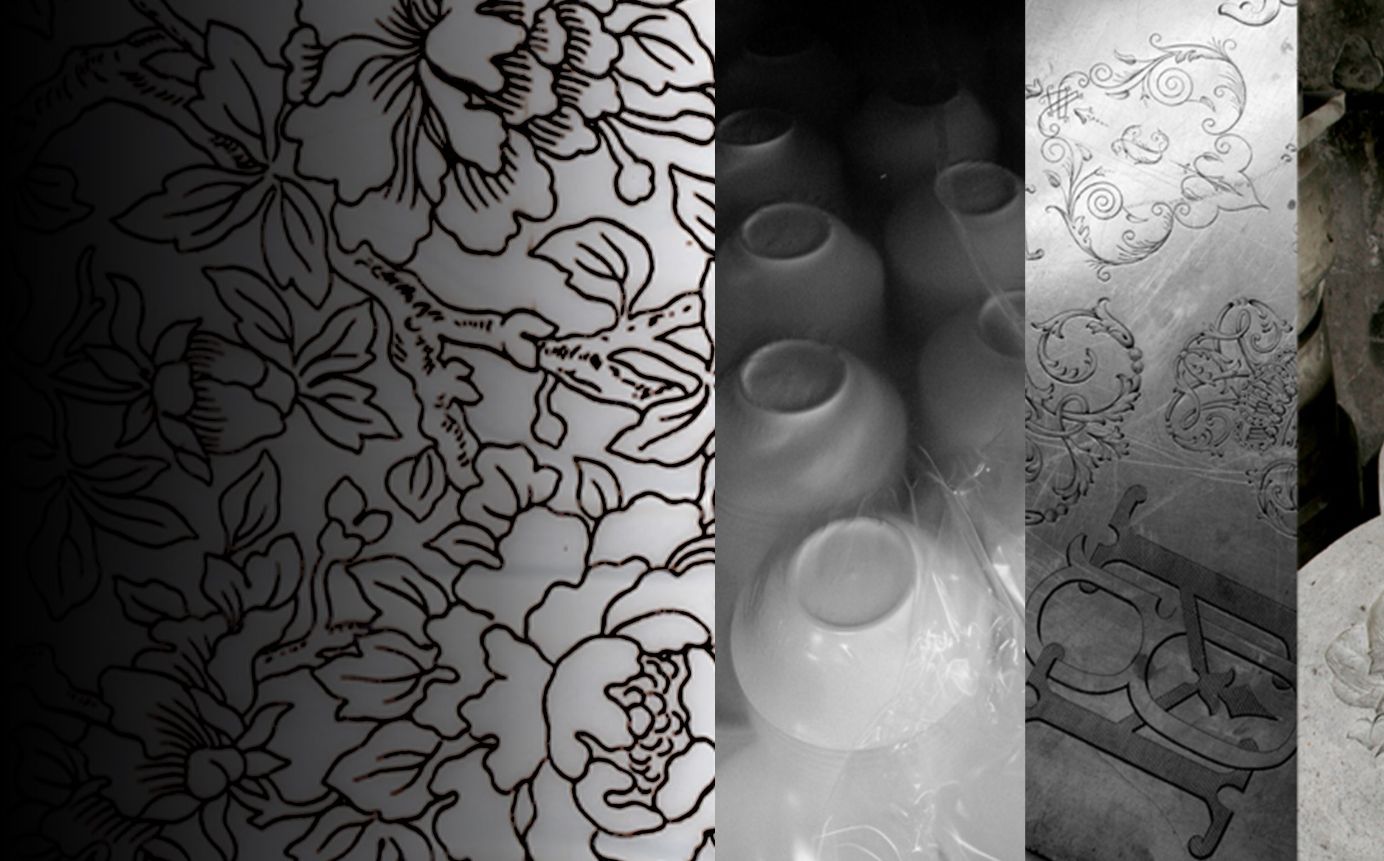
1850-1914 : THE GOLDEN AGE
From the second half of the 19th century, la Faïencerie became more creative. The gesture of the Earthen Master becomes more precise.
The Manufacture thus offers decorative pieces and table services inspired by Rouen, Saxony, Marseille, the Renaissance, the Ottoman Empire, the Antiquity.
Production continues to grow and this period is certainly the richest and most inventive of the Manufacture. In addition to the different inspirations, the richness of the collections is provided by the collaboration with painters, engravers… who are invited to imagine new decorations and forms.
The Faïencerie de Gien diversified from a technical and artistic point of view. All this work and these efforts are recognized in France and abroad and are rewarded with first prizes as well as gold and silver medals at the universal exhibitions.
The Faïencerie de Gien continued to climb and move upmarket by offering personalized services bearing the arms of the great families of Europe.
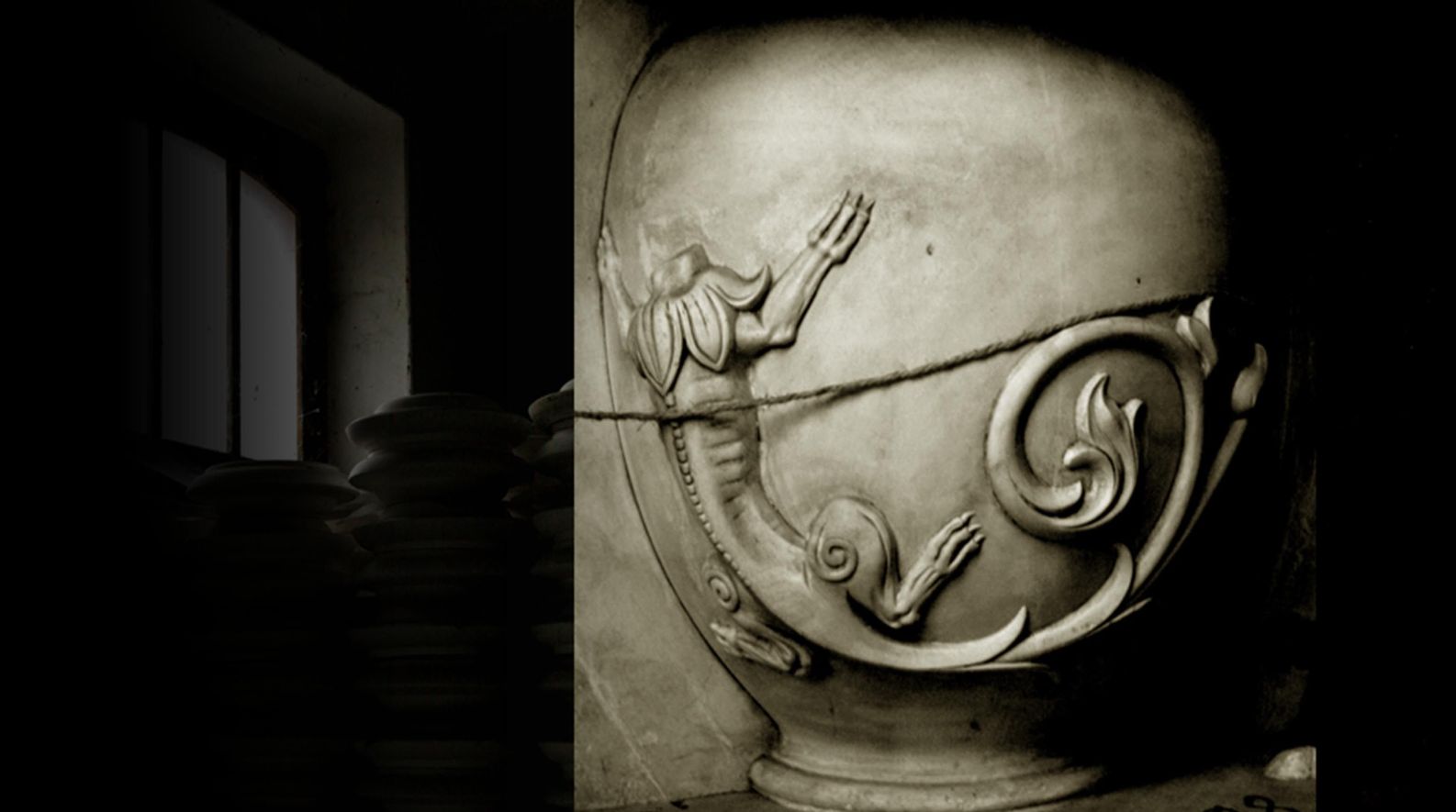 1918-1984 : THE PARENTHESIS
1918-1984 : THE PARENTHESIS
The first half of the twentieth century saw major social, economic and political upheavals. The Manufacture seeks to retain the place it has acquired and not to sink into the turmoil of the time.
From 1945 a new world order was established. In the decades that followed, Gien continued to modernize the production tool by building tunnel kilns (the largest in Europe) and by purchasing new machines.
In the 1970s, the Faïencerie de Gien had to face strong competition from Italy and Portugal. Europe is inundated with low-end products.
Always dynamic, the Manufacture accentuates the production of tiles. The partnership with the Harmonic group allows Gien to participate in major architectural projects through real estate complexes to be decorated.
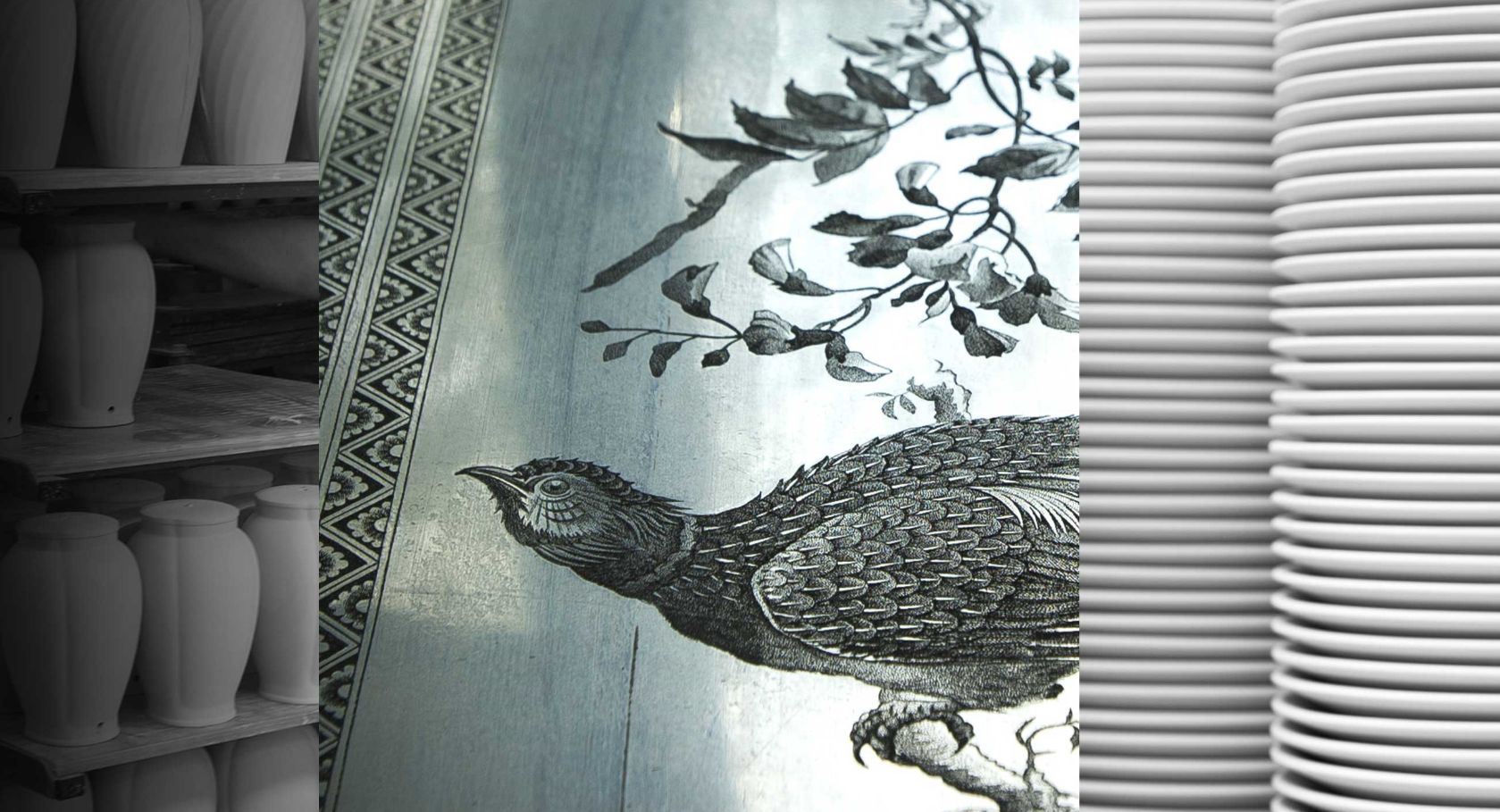
1984-2014 : THE SECOND BREATH
In 1984, the Faïencerie de Gien experienced a new lease of life.
It offers a new range of products (hand painted pieces, numbered limited edition), and a museum is created.
Famous names are associated with Gien such as: Paco Rabanne, Andrée Putman, Patrick Jouin, Isabelle de Borchgrave, Garouste and Bonetti… they will design new products and enhance Earthenware.
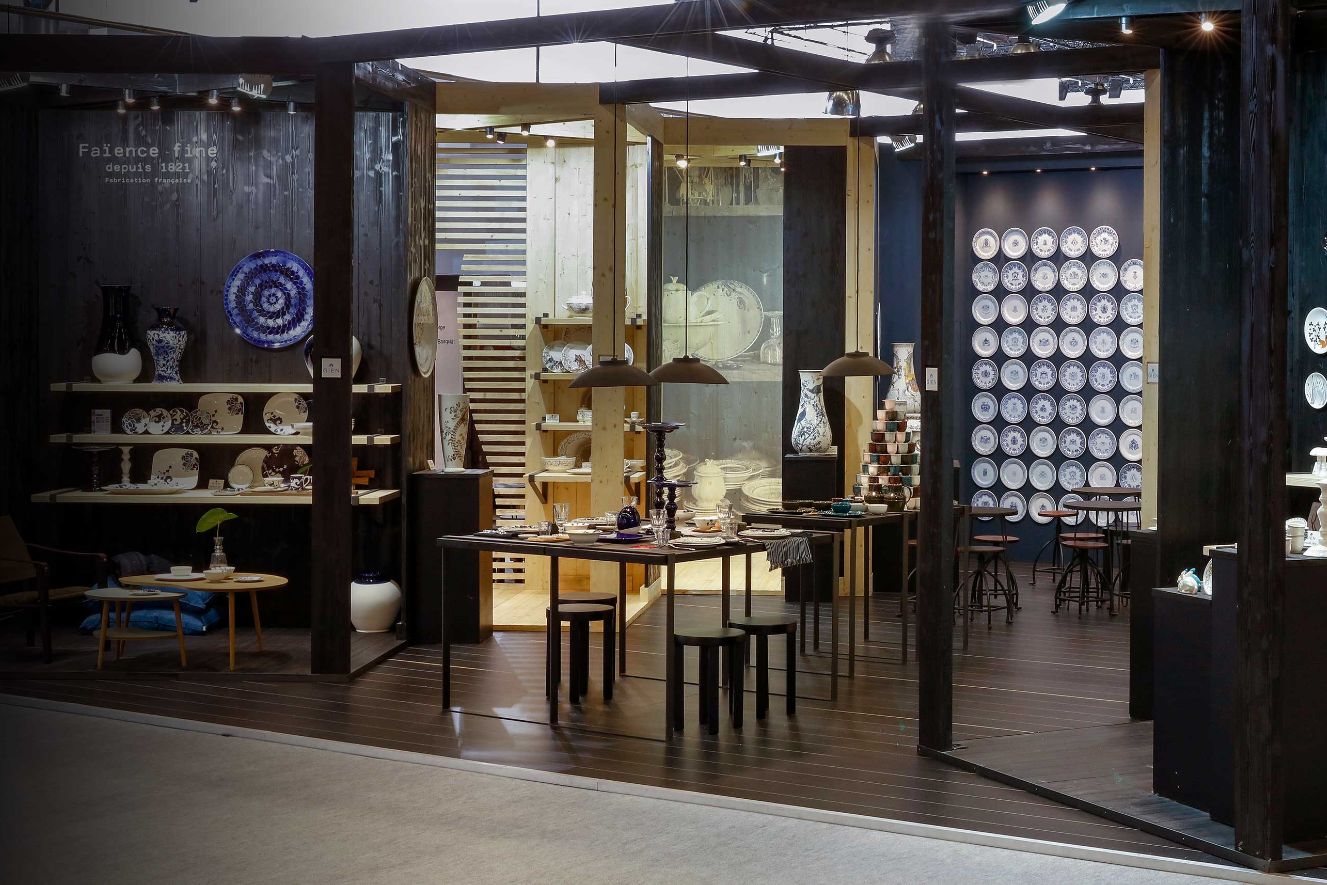 DEPUIS 2014 : THE REBOUND
DEPUIS 2014 : THE REBOUND
Since 2014, Yves de Talhouët has taken over the Manufacture de Gien.
Two passionate men, convinced by the exceptional heritage, the excellence of the know-how and the notoriety of the Faïencerie de Gien, decide to perpetuate the tradition and explore new ways by promoting contemporary creation and setting up a new export distribution policy.
Today, more than ever, the Faïencerie de Gien is part of a program of excellence. A member of the prestigious Colbert Committee, which brings together the major French luxury brands, it has been awarded the “Living Heritage Company” label.
The women and men of the Manufacture are resolutely turned towards the future to reinvent the fine earthenware of tomorrow while relying on its bicentennial roots.
KNOW-HOW
Europe’s leading faience manufacturer, a symbol of elegance and french art de vivre.
Two centuries of craftsmanship go into the making of this premium quality Faïence. Traditional crafting techniques are still in practice and are inherent to an outstanding level of excellence.
The Gien Faïencerie still controls, to this day, the entire making process of its goods, from sourcing raw materials to making clay paste and slip, to turning out the finished product. The transition from heap of earth to pieces of stunning beauty - it all happens in Gien.
FAÏENCE, A VIBRANT SUBSTANCE
Each piece of Gien passes through the hands of 30 different master craftsmen and women. Each pair of hands applies the skill of roughly 20 years of practice. So each single item is treated with 600 years of know-how ! 600 years resulting in faïence bearing the stamp of Genuineness, Warmth and Creativity.
BISCUIT PRODUCTION
Clay paste, plaster casts and glazes are all designed and created at the Faïencerie using traditional undisclosed recipes. It takes no fewer than 14 different types of earth to forge a piece of Faïence, and the specifications of the mixture are still today one of Gien’s closely kept secrets.
Hollow shapes are then fitted with additional features such as handles, spouts… and glued on with a specially formulated type of slip. After drying and firing at 1 160°C, the piece then becomes “biscuit”.
Pieces are hand crafted, using the pouring method for casting hollow shapes such as teapots, and pressure casting for flat pieces such as plates.
CHROMO DECORATION
Chromolithography : the pattern on a chromo is applied by hand to a white glazed piece.
After firing, the pattern becomes fast.
HAND-PAINTING
This requires a high level of expertise and is reserved exclusively for prestige pieces. The outline of the pattern is printed by hand using 18th century techniques with engraved copper plates. The piece is then painted by hand. It takes at least 3 years to acquire the skills necessary for this method.
SMOOTHENING
When dry, pieces are smoothened and evened off with a sponge to give them a faultless “finish”. They are then kiln-fired at a temperature of 1160°C.
GLAZING
Last but not least comes glazing. This is what brings such radiance and shine to the finish, enhancing the beauty of the pattern’s colors.
It plays a defining role in the choice of a design. During firing at 1060°C, the glaze vitrifies, thereby sealing and intensifying the brightness of color
FIRING
During firing at 1060°C, the glaze vitrifies, thereby sealing and intensifying the brightness of color.
OUR VALUES
WARM MATERIAL
The fine Faïence of Gien is unique and different by its composition, the quality of its creations and its shapes. Its casual chic style is inspired by great classics that offering many decorations, current and elegant shapes. These ceramic tableware, with a very strong personality, stand out from other ceramics by the richness and variety of their shapes and colors. They make Gien's identity and his unique style. This apparent casualness, does not prevent the pursuit of excellence: we must seduce and surprise guests. Our designs provide the ambience and decor of the table, which tell stories and have bright colors, colorful and desire to class!
CREATIVITY
The casual chic style of GIEN draws its inspiration from classic pieces, offering designs and forms that are both elegant and contemporary. As well as having its own graphic designers, Gien also works with artists.
AUTHENTICITY
From the time when the company was established two hundred years ago, Gien Faïencerie, the largest faïence making factory of its kind in Europe, has symbolized elegance, luxury and the unique French “art de vivre”, the legendary French way of life. It gained renown producing bespoke dinner services bearing family crests, for prominent French and European houses of the time, and also, through production of tiles for the Parisian Metro stations.
KNOW-HOW
Faïencerie de Gien still controls, to this day, the entire making process of its goods, from sourcing raw materials, to making clay paste and slip, to turning out the finished product. All its plaster molds and glazes are developed and produced exclusively at the Faïencerie de Gien factory. Gien Faïence is 100% Made in France !
QUALITY
Two centuries of know-how go into the production of an exceptionally high quality faïence. Techniques used in manufacturing are traditional to this day and synonymous with excellence. Quality controls at each stage of production ensure Gien Faïence goods have no faults.
CUSTOMIZATION
Faïencerie de Gien offers the possibility to personalize your plates with your own monogramme or coat of arms, and choose your own plate decoration from archive material dating back to the 19th century.
USE AND MAINTENANCE
DETAILS
Since 1821, Gien has enhanced earthenware and perpetuates its unrivalled expertise. In order to preserve the quality, we recommend to use microwave for reheating only. Our products are designed to be dish washer safe. All our faïence is entirely handmade in Gien, Loire Valley, France
CUSTOMIZATION
What could be better than customized service? Put forward a logo, a coat of arms, initials… anything is possible!
Create your personalized plates, by choosing a minimum of 24 identical pieces.
You have the choice between several shapes, colors, with or without borders...
Carte Blanche to artists
A factory open to artists
The many artistic collaborations of the Faïencerie illustrate the history of decorative arts. Gien, with a rare open-mindedness, has always been associated with the artists of its time.
A free rein and two remarkable shapes
The Faïencerie de Gien has invited three internationally renowned artists from different continents: Inès Longevial, JonOne and Peng Yong, respectively French, American and Chinese, to work on two extraordinary pieces: a vase standing more than 1m tall and a platter measuring 60 cm in diameter. This surprising selection inaugurates a new century, the third, of the Manufacture.
Carte Blanche to fashion designers
A manufacturer that welcomes artists
The many and varied collaborations with artists and the Faïencerie are a reflection of the history of decorative arts. Gien, with its singular welcoming and open mind, has worked closely with artists from the very beginning.
Carte blanche and two exceptional forms
As part of its 200th birthday celebrations, Gien has invited fashion designers to mark the occasion. These designers all share a high degree of skill, outstanding creativity and ethical commitment. Julie de Libran, La Prestic Ouiston and Yazbukey have worked on two exceptional forms, a large vase standing over 1.2 metres high and a 60 cm diameter platter. It is on these pieces that they have been invited to project their unique and sometimes revolutionary world of fashion. This surprising selection launches the Faïencerie into its next, its third, century.

